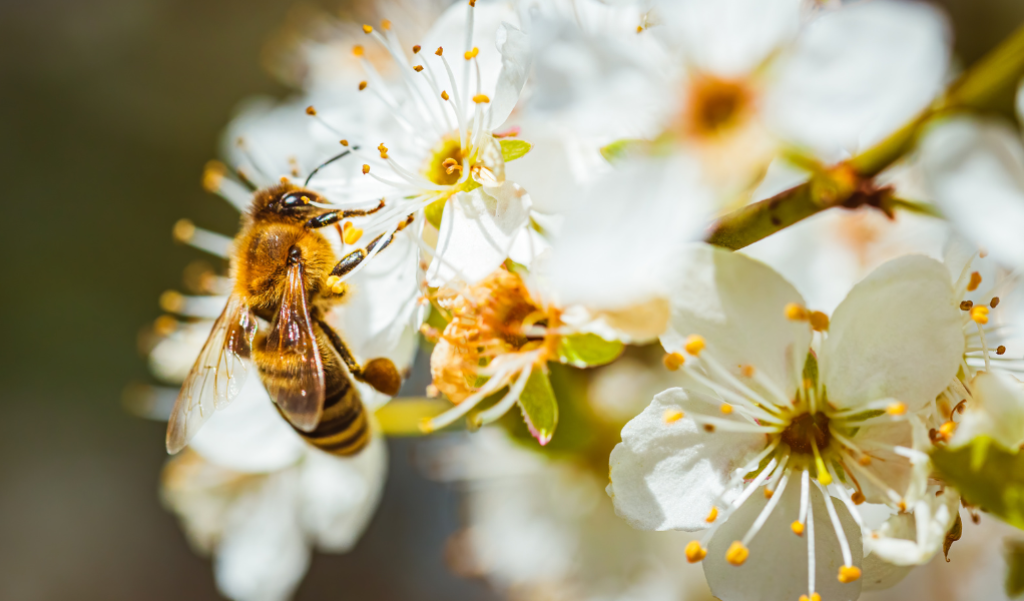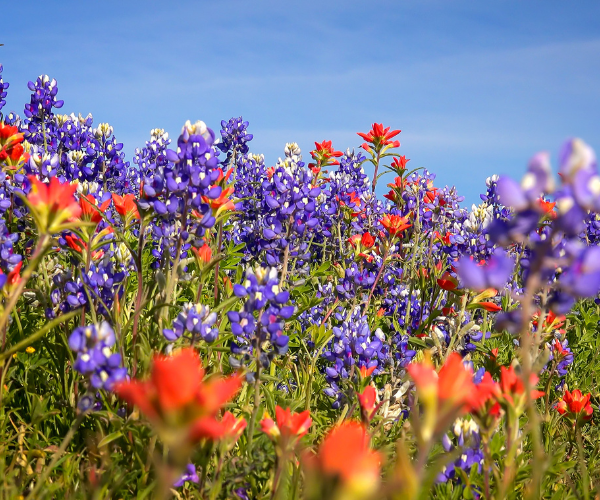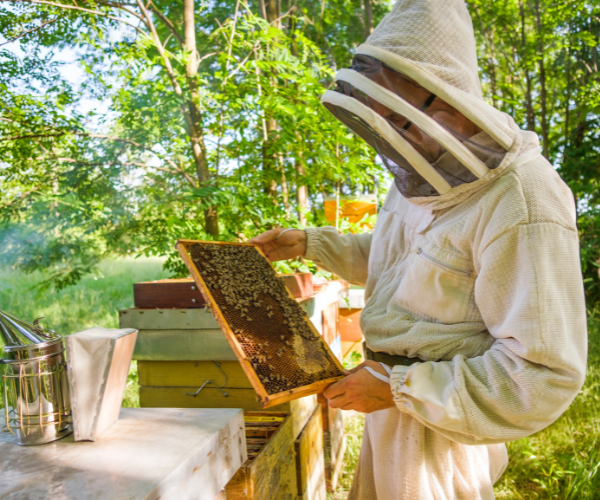According to experts, there are multiple reasons for the decline in bee populations nationwide. Recent droughts and harsh weather conditions are a leading cause of the drop in bee colony numbers over the past few years.
In 2021, there was a 14% dip in Texas honey production due to high temperatures, drought, and lack of nectar-producing resources. Winter Storm Uri in 2021 brought freezing temperatures, ice, and snow for several weeks, resulting in an annual loss of roughly one-third of the honeybee population. Additionally, an unusually wet winter and spring in 2021 kept many colonies inactive and unable to forage. Adding to this, in 2022 the U.S. Department of Agriculture reported that more than 45% of honeybee colonies nationwide were affected by varroa mites.
Unfortunately, mites and weather changes aren’t the only factors that have disrupted Texas bee populations. Pesticides and air pollutants are also having drastic effects on bee behavior and reproduction. Pesticides have proven to affect bees’ navigation patterns, learning abilities, and feeding practices.
Pesticide usage has increased substantially in the last few decades due to intensive farming practices needed to feed an increasing human population. Human population growth has also led to increased development of natural lands which has resulted in habitat loss for bees and other pollinators.



